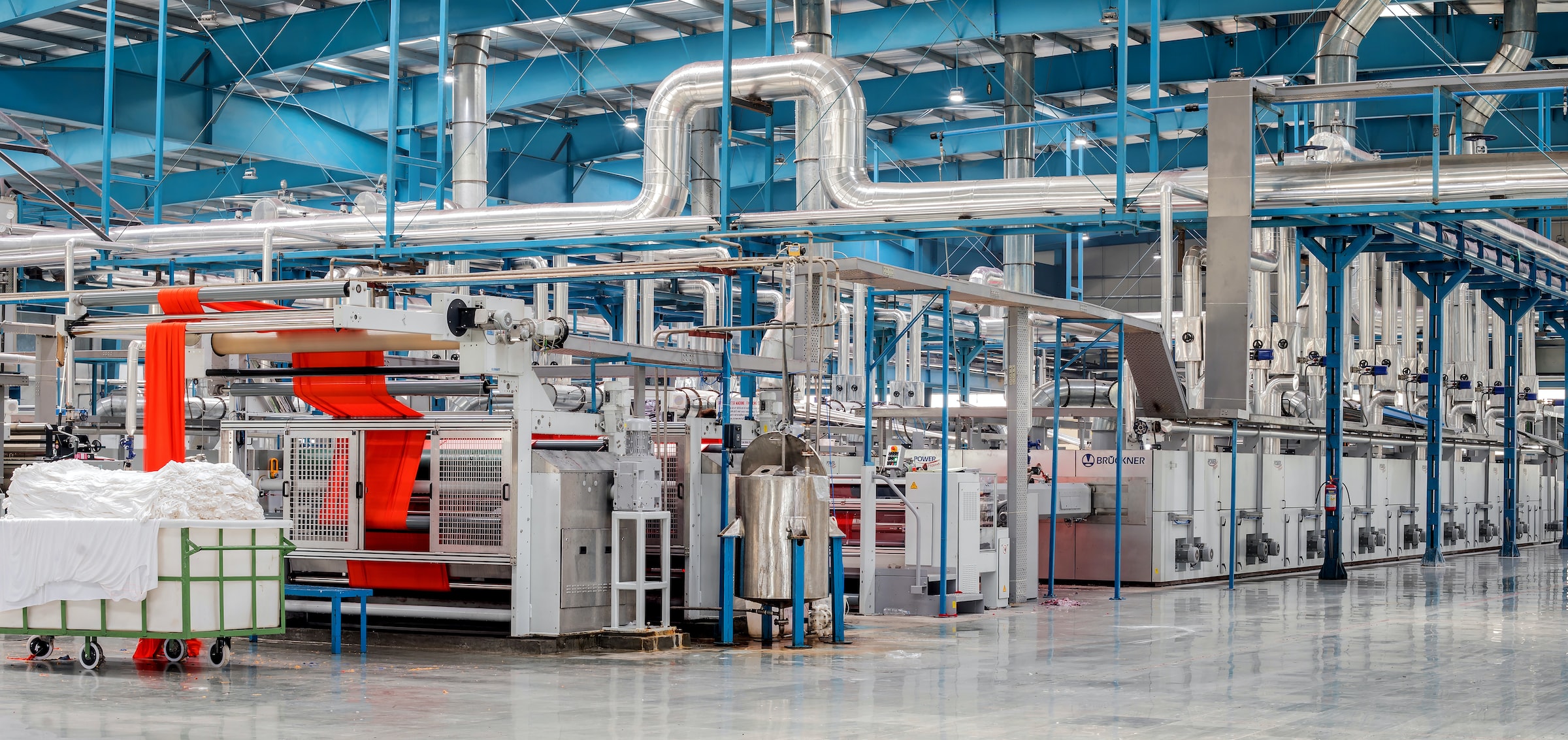


#Green Manufacturing Facilities #Manufacturing #Sustainable Buildings
Doug Fogelson
Since the signing of the 2015 Paris Agreement — an agreement that holds the signed parties accountable for the contribution of carbon-reducing targets to reach the global target of 1.5 degrees Celcius to diminish the damaging effects of global warming — companies have begun to transition toward greener manufacturing. Green factories or “green manufacturing” are facilities that utilize fewer resources, limit pollution and waste, and recycle materials to attempt reaching carbon “net zero” (Goodwin). Production and operations in traditional factories now account for over 50% of global emissions with carbon dioxide being the greatest contributor and methane and nitrous oxide following.
In a Boston Consulting Group study conducted pre-COVID-19 with 1,200 participating factories, 75% of participants stated that limiting their carbon footprint was a high priority for their company. However, only 13% of the 1,200 factories incorporated carbon-reducing technologies. Additionally, many did not establish science-based targets to implement the decarbonizing technologies into their plans, stunting their progress. Many companies have mentioned the number one factor in the stalling of implementation is cost. In the article “The Green Factory of the Future,” the author mentions factors that can improve cost beyond conversion. Becoming a decarbonized manufacturer and implementing sustainable practices companies improve their value chain, resilience, and can even attract new investors, or new customers with an improved brand, while keeping up with regulations (Goodwin).
There are various ways to incorporate carbon neutral and GHG reducing systems. Such systems include layout, downtime optimization, and switching to renewable power sources (solar or wind energy); carbon capture and reuse, recycling waste and upcycling plastic, aluminum, etc.; compensation and related benefits for workers, stakeholders and communities (Goodwin). Industry leadership is crucial to reducing Scope 3 emissions.